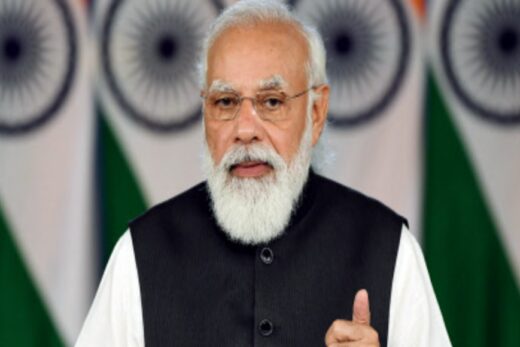Vikash Jain, Co-founder, Share Samadhan Pvt Ltd replies: If your deceased brother had opened a joint bank account with you then you become entitled to claim the amount lying in the savings bank account as a surviving holder and you simply need to submit the death certificate of your brother to the bank and complete other formalities. If your FD was also in joint name, the same procedure as explained above would be followed. However, if the FD made by your brother was in single name and there was no nomination, you also need to provide a legal heir certificate /succession certificate as required by the bank.
I am 38 and my wife is 36. We are both working. I have around Rs 15 lakh in savings including my PF and FDs. We have a family floater health insurance plan in place and I have a life insurance policy. Our monthly household expenses at present is Rs 40,000. How big a corpus will I need by the time I retire at 60 to sustain for next 20 years? Also how much should I start investing right now to create that corpus and where? I am open to investing in mutual funds or stocks and my risk-taking ability is moderate.
Raj Khosla, Founder and Managing Director, MyMoneyMantra.com replies: Considering a 6% inflation rate, you will require approximately Rs 1 lakh per month after retirement to maintain an appropriate lifestyle. With a long-term horizon of 22 years, it is recommended to continue investing in debt and equity investment options and keep evaluating new investment scenarios depending upon the market. Utilise the maximum limit of PPF each year and target a Rs 60 lakh corpus from FDs and PPF. Start SIPs of Rs 25,000 in diversified equity options with Rs 12,000 in large-cap, Rs 6,500 in mid-cap and Rs 6,500 in small-cap funds. At a modest 8% rate of return, you will be able to build a corpus of Rs1.8 crore. Start a Systematic Withdrawal Plan according to your cash flow requirements and shift corpus into debt funds two years before retirement. This will reduce risk.



